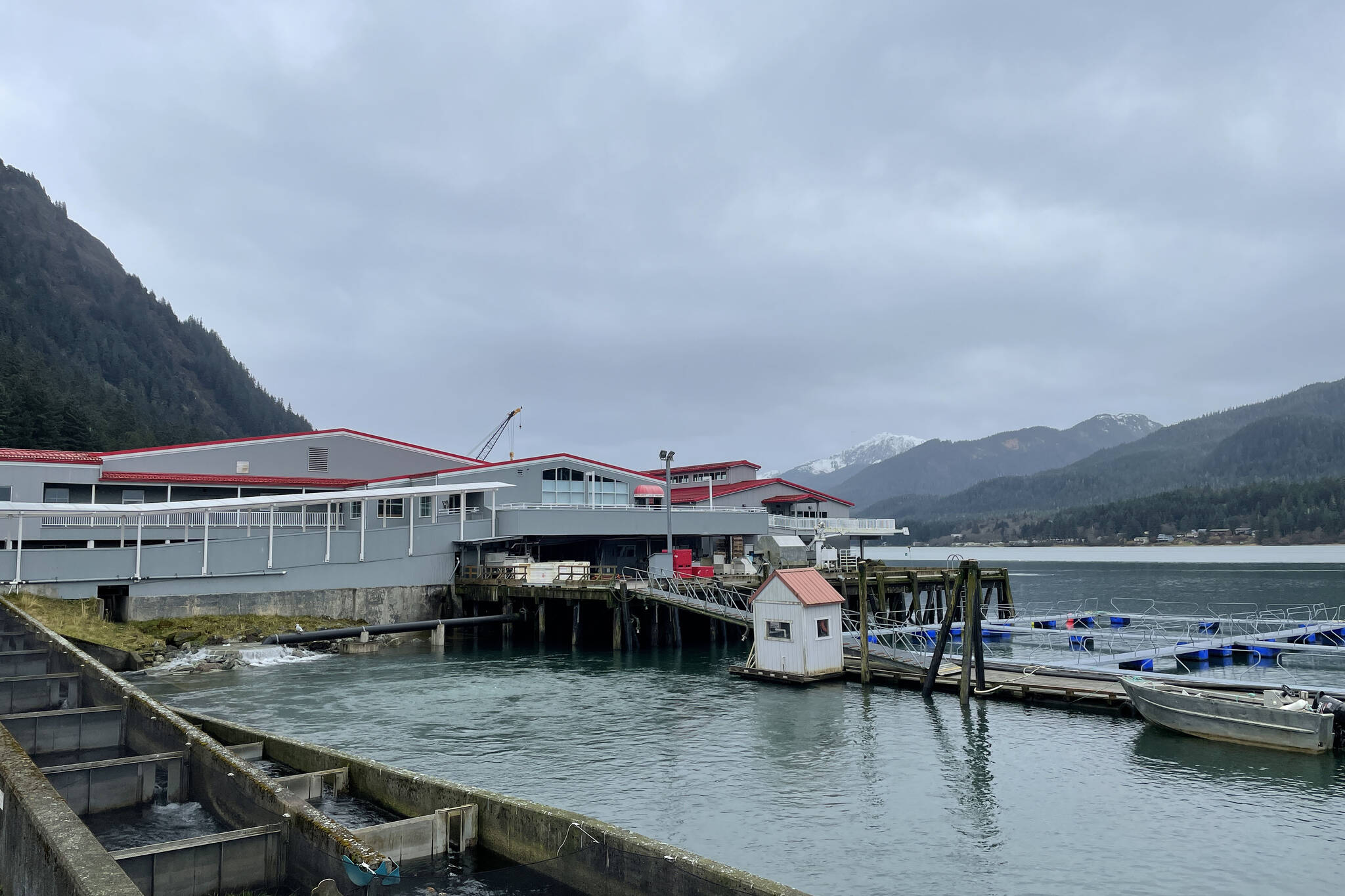By Robert Venables
Southeast Conference is the state-designated Alaska Regional Development Organization and federally designated Economic Development District for Southeast Alaska. These two designations require the Southeast Conference to invest time and personnel into resource management and economic development planning. Our mission is to undertake and support activities that promote strong economies, healthy communities, and a quality environment in Southeast Alaska.
Here in Southeast Alaska, we are fortunate to have a foundation of seafood economies rooted in community resilience, business ownership, and science-based management to lead us into future generations of salmon-based livelihoods. According to Southeast Alaska: By the Numbers 2021, the commercial fishing and seafood industries in Southeast Alaska make up approximately 3,305 jobs and $170.7 million in food employment earnings. Our salmon hatchery organizations around the region, have a direct and indirect economic impact of approximately $236 million annually. The three large salmon hatchery organizations located in Southeast Alaska — Southern Southeast Regional Aquaculture Association in Ketchikan, Northern Southeast Regional Aquaculture Association in Sitka, and Douglas Island Pink and Chum in Juneau — continue to support and enhance the salmon runs that connect our Southeast Alaska communities to the global economy.
As a demonstration of commitment to science-based management, the state of Alaska is engaged in a long-term, ongoing research project known as the Alaska Hatchery Wild Research Project. Alaska Department of Fish and Game, alongside private hatchery operators, recognized the need for this research project to specifically address concerns surrounding straying and interactions between hatchery and wild stocks. Research like this, which aims to better understand salmon populations and the impact of hatcheries, is broadly supported by both the State and the Southeast hatchery associations.
The upcoming Board of Fish meeting in Ketchikan will deal with two proposals, 101 and 103. If approved, these proposals would impact how Southeast hatchery management plans and how governing statutes are interpreted and implemented. The impacts would include reducing or limiting hatchery production, directly affecting all hatchery programs in Alaska and having immediate impacts on sport, personal use, subsistence and commercial harvests of hatchery fish statewide.
Every Alaskan in our region, whether they work in the commercial fishing and seafood industries or not, is impacted by our salmon hatchery program. Hatcheries support entire communities rooted in strong, reliable salmon runs. The importance of our hatchery program in Southeast Alaska is rooted in raising up generations of Alaskans in healthy, vibrant communities with strong economies and deep connection to our natural resources so that our unique ways of life can carry on into the future.
Southeast Conference’s primary mission is to promote healthy communities, regardless of fluctuating oil prices, lost tourism dollars, or even pandemics. We will continue to support our commercial fishing and seafood industries, sustainable development and ecosystems, and our Southeast Alaska hatcheries.
• Often referred to as “Mr. Southeast,” Robert Venables has called the region home for the past 37 years, pursuing his passion for sustainable communities, capacity building and love of the great outdoors. Venables has been involved with Southeast Conference in various capacities for 25 years and now serves as executive director. Columns, My Turns and Letters to the Editor represent the view of the author, not the view of the Juneau Empire. Have something to say? Here’s how to submit a My Turn or letter.

